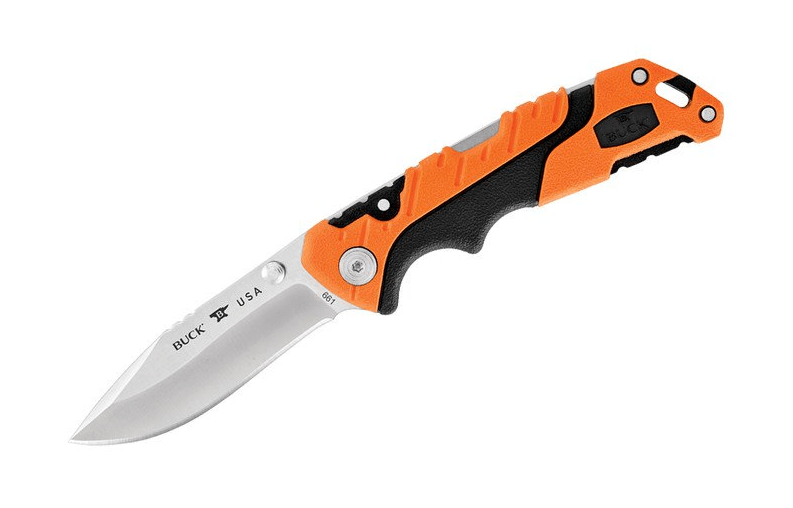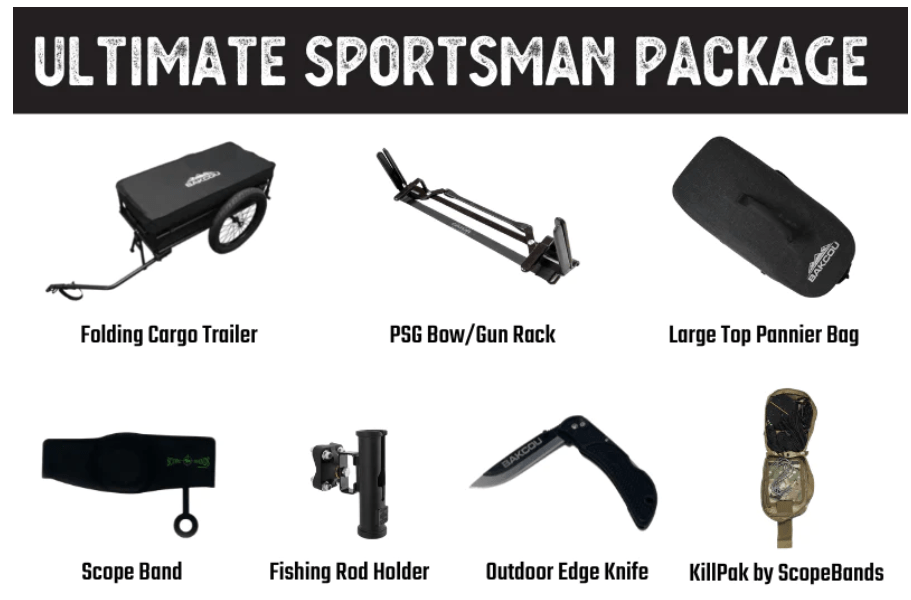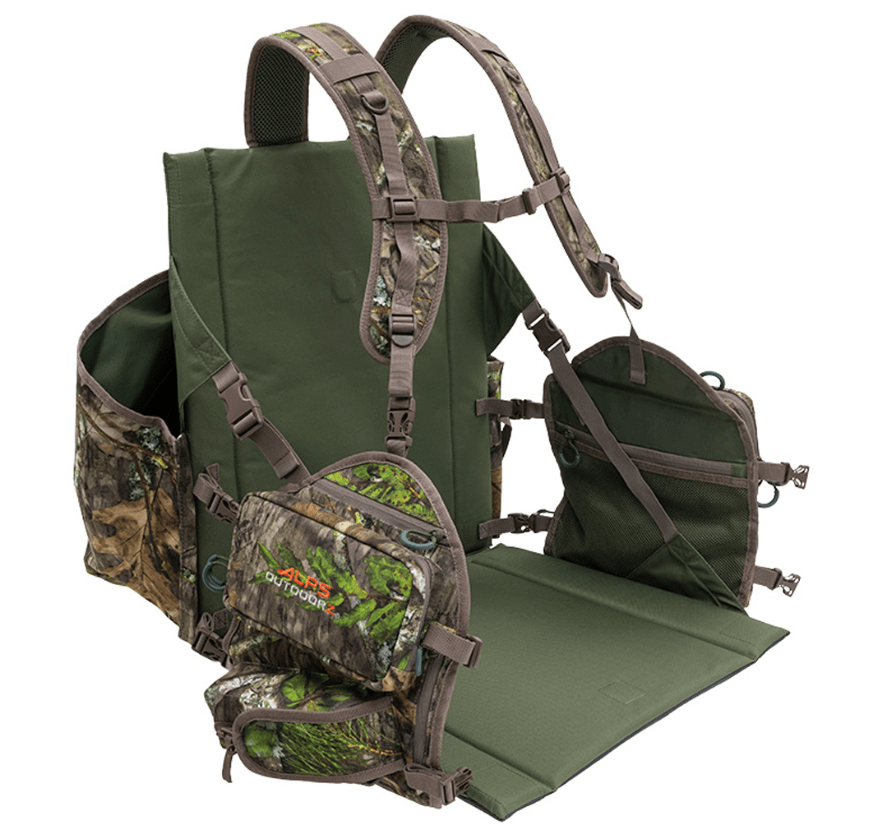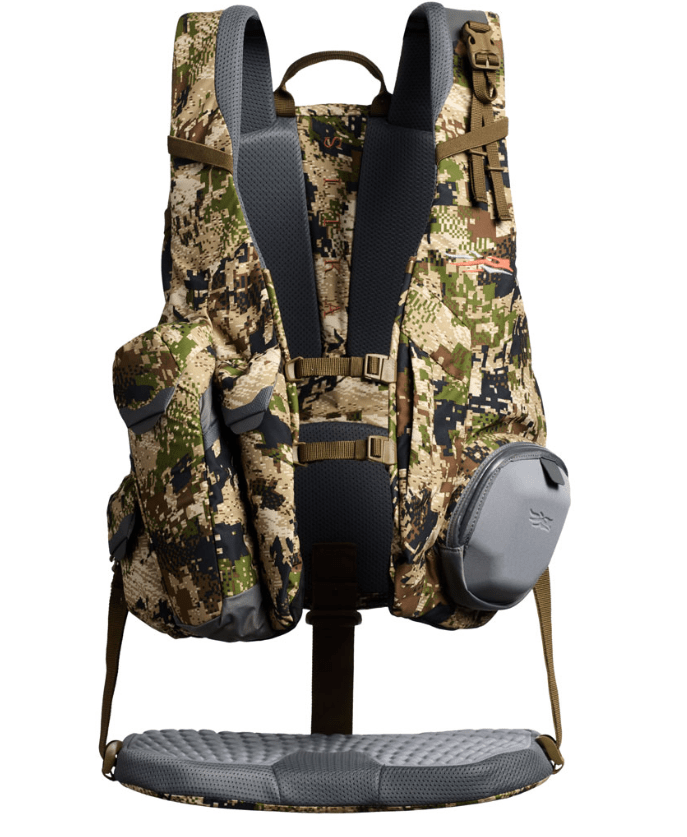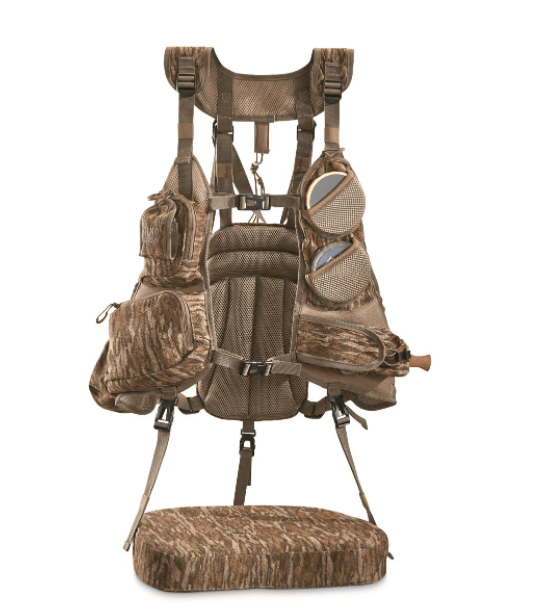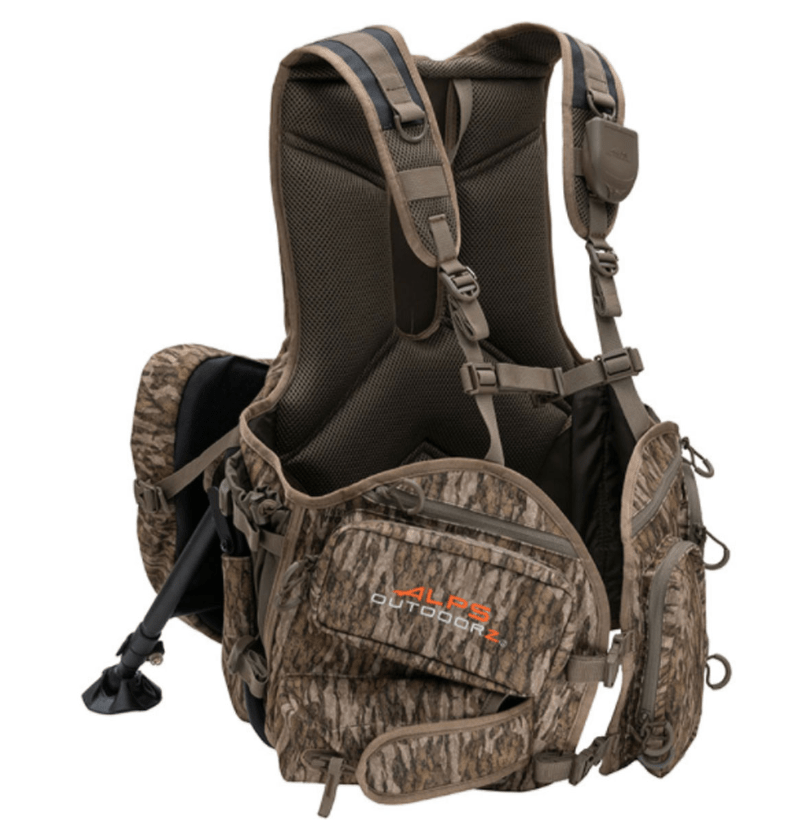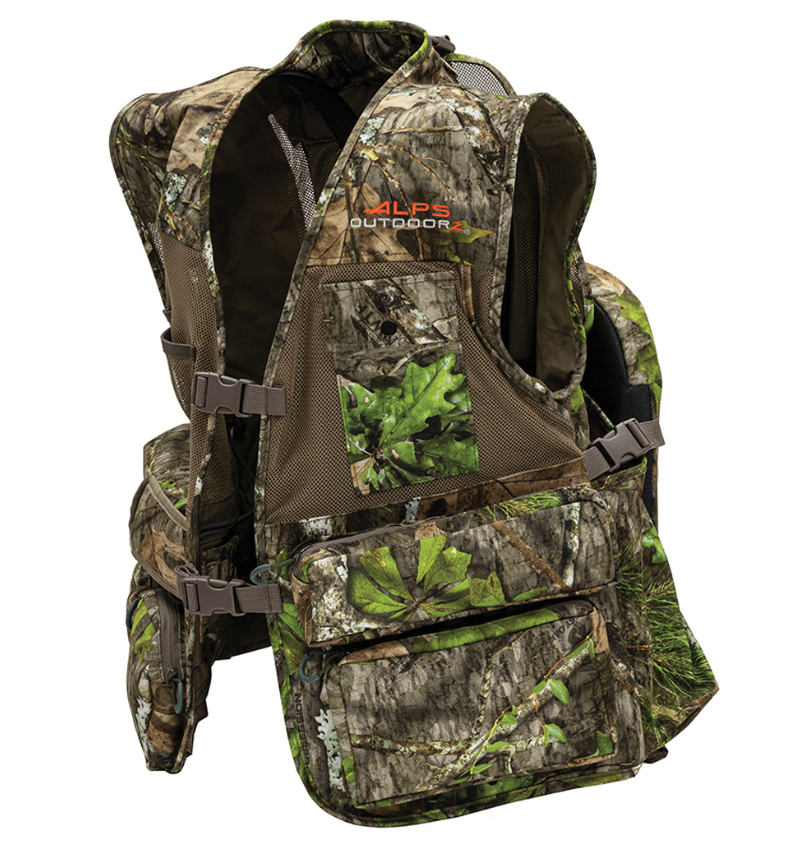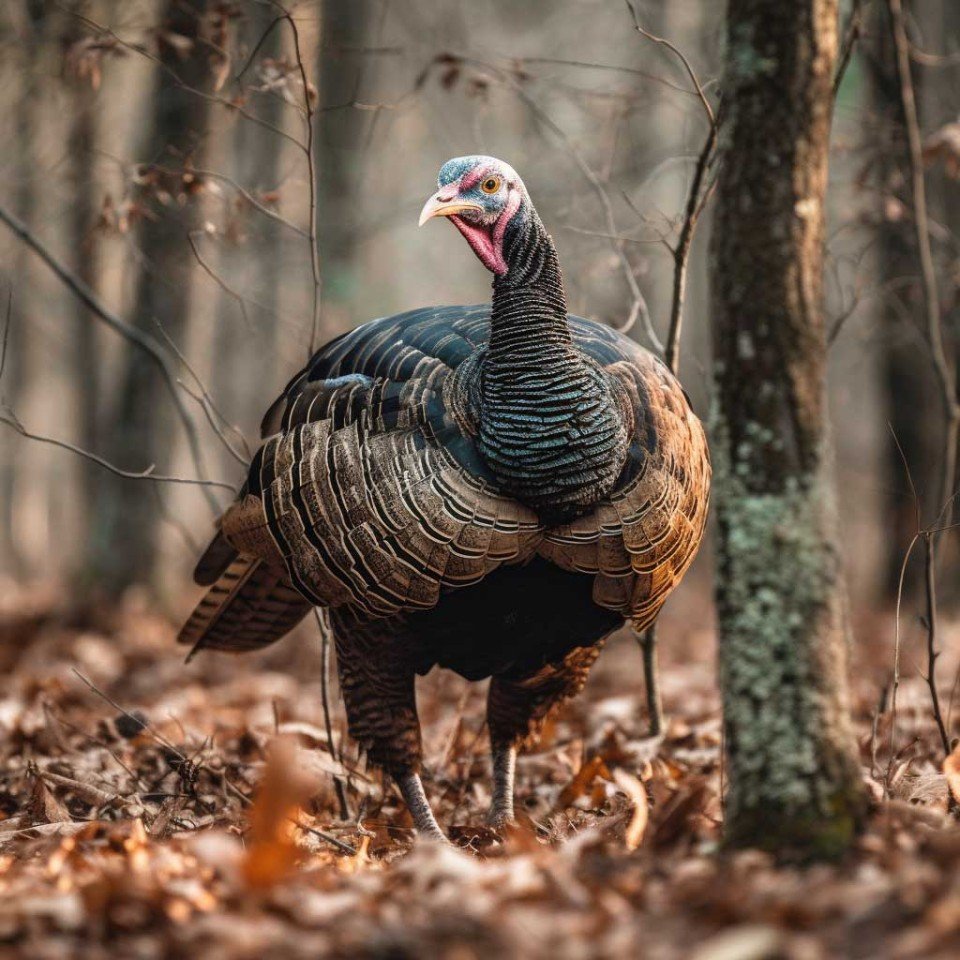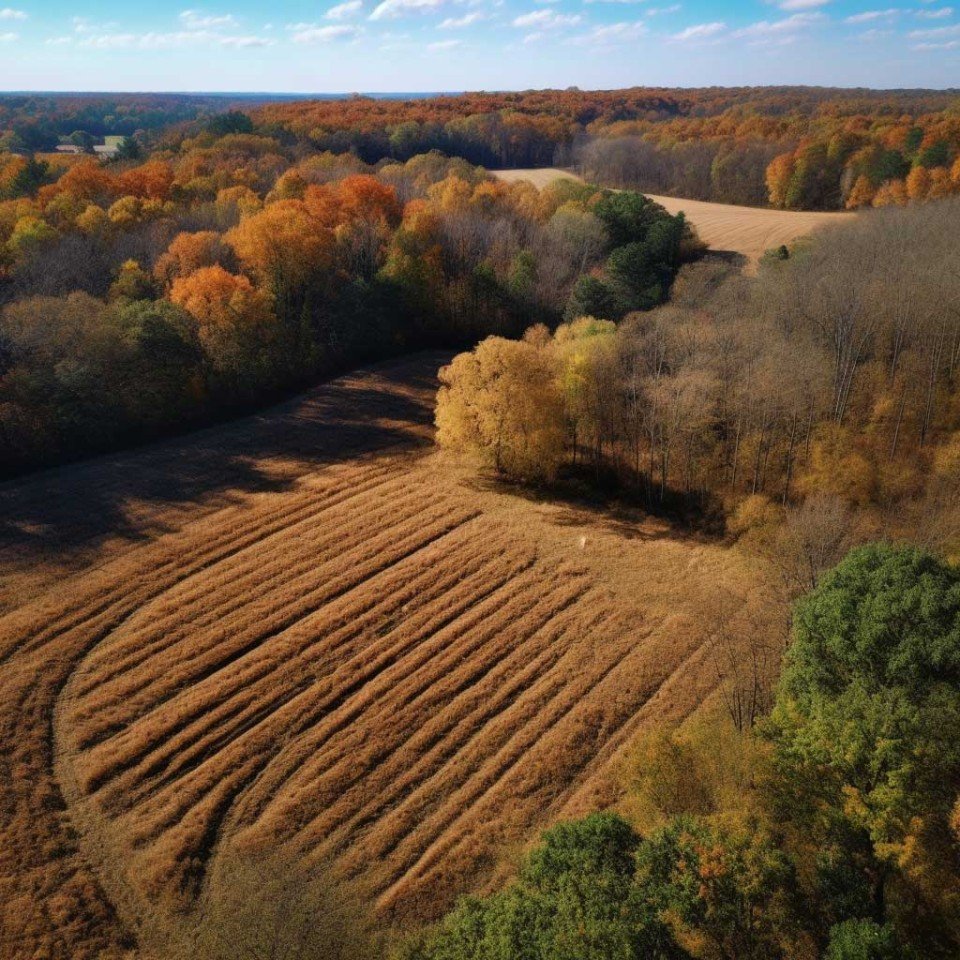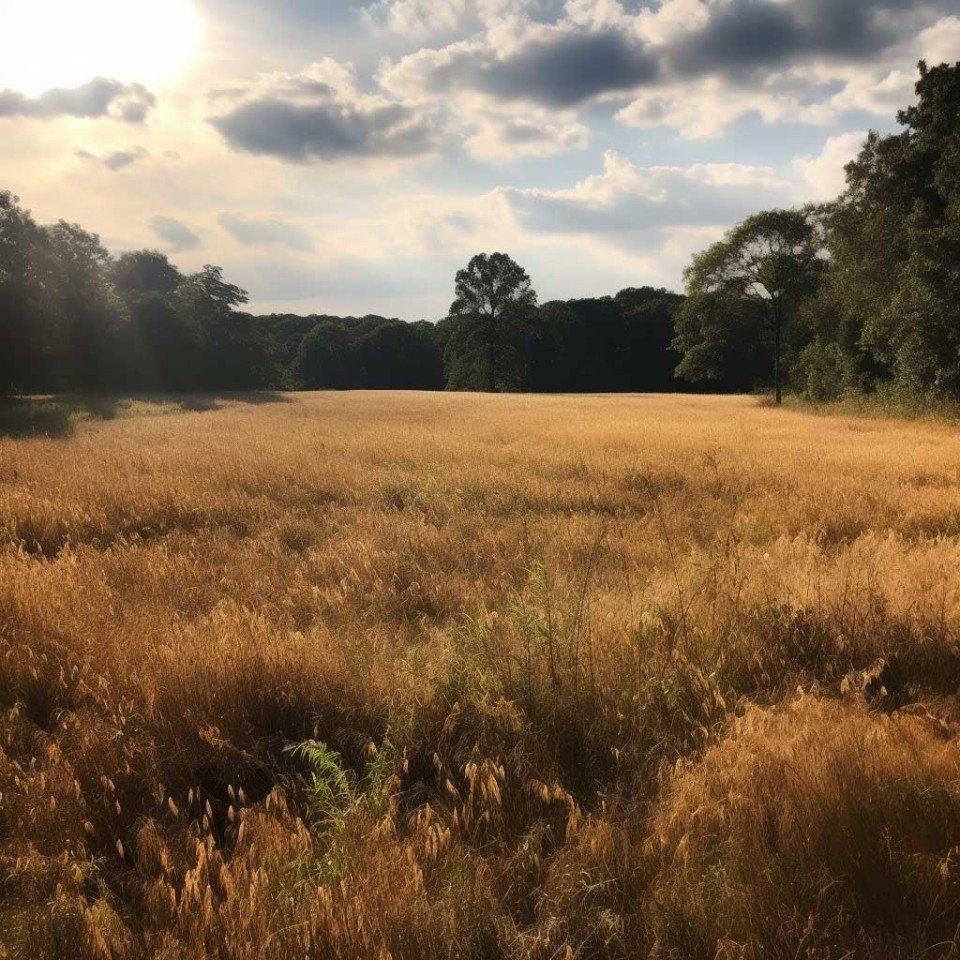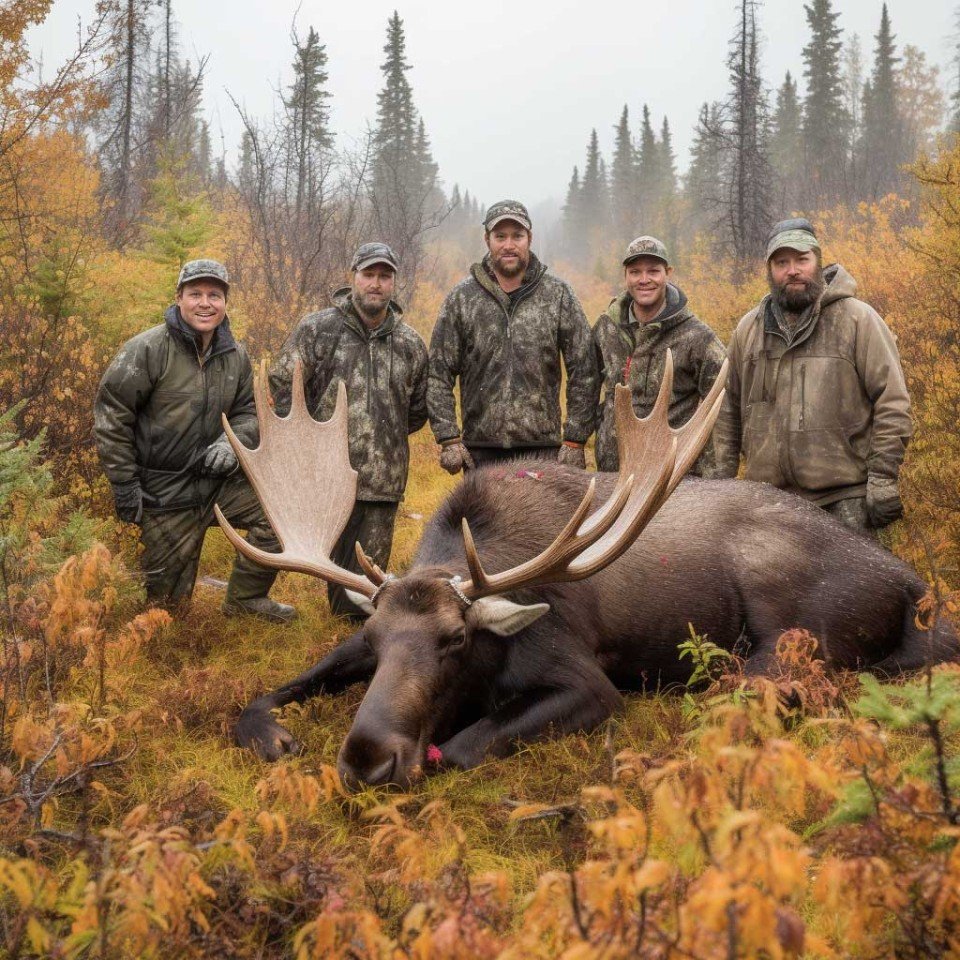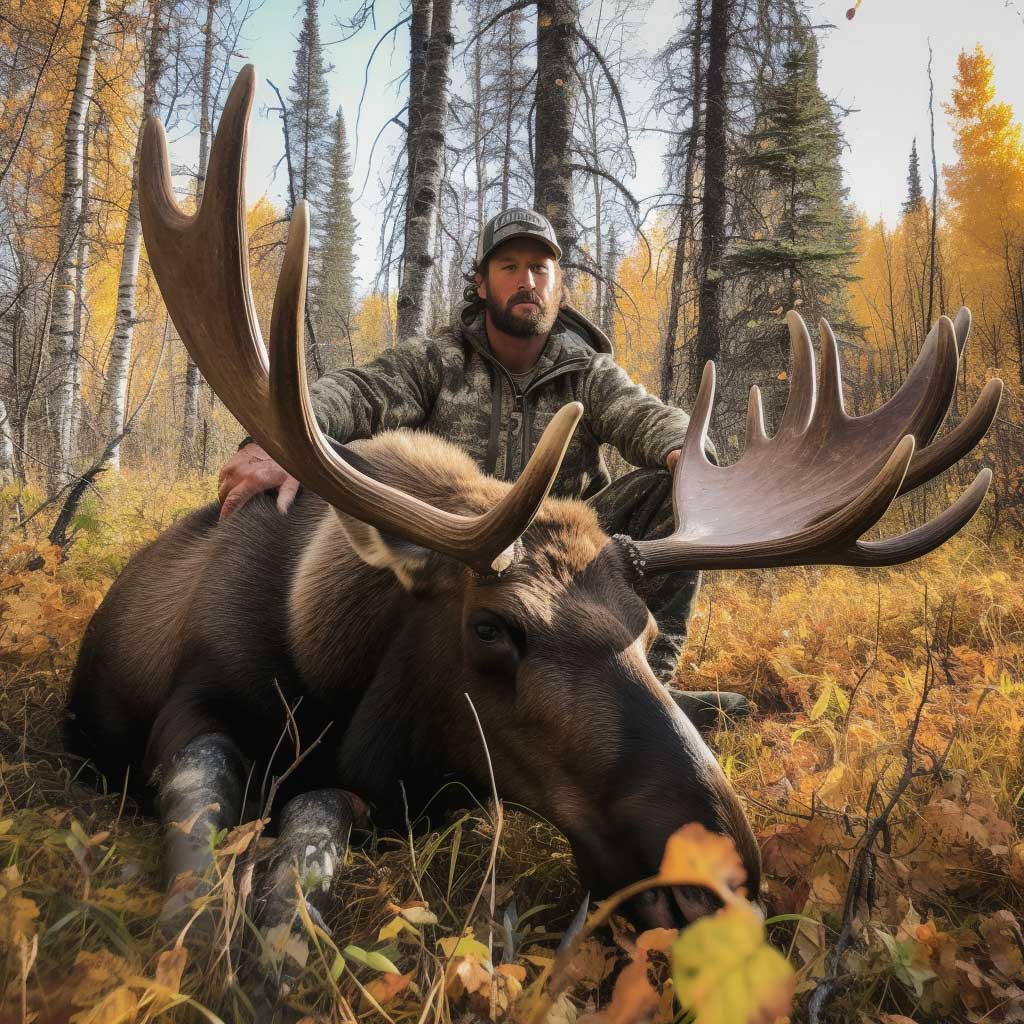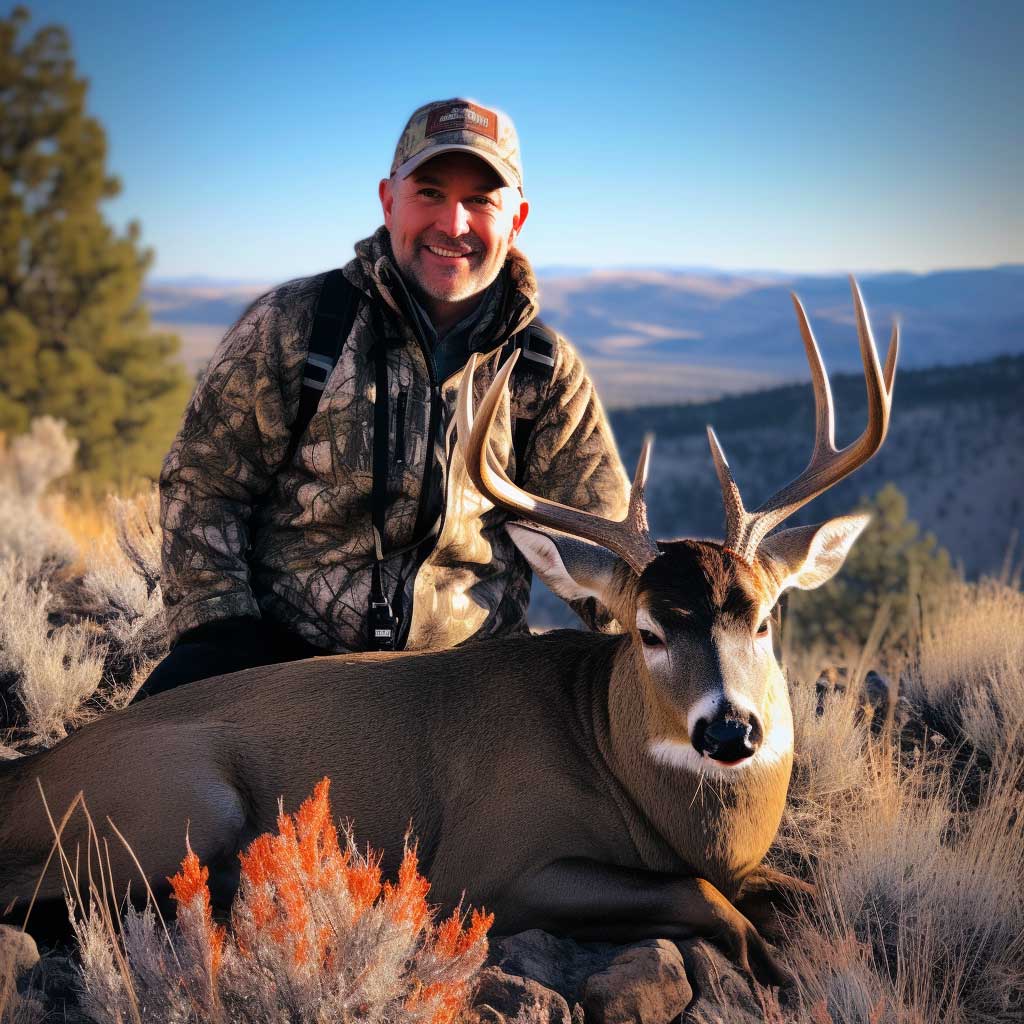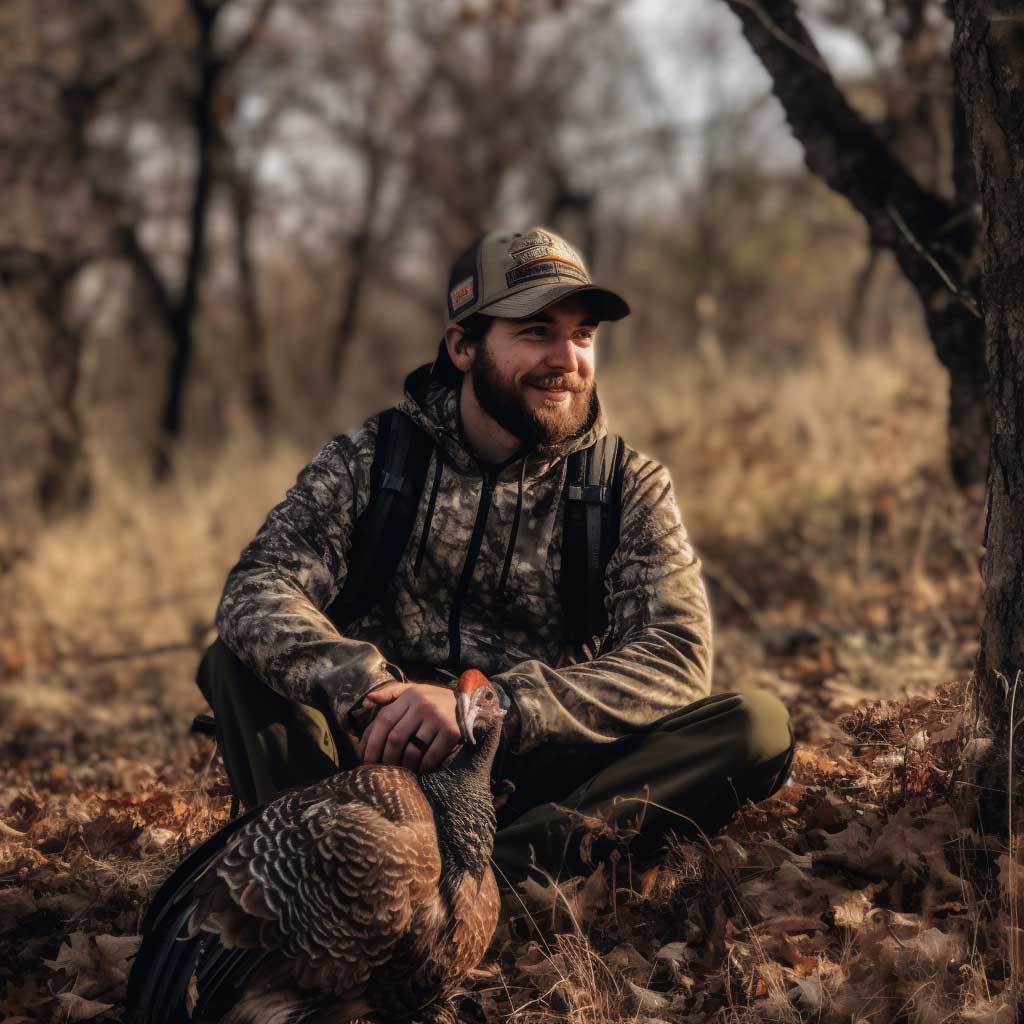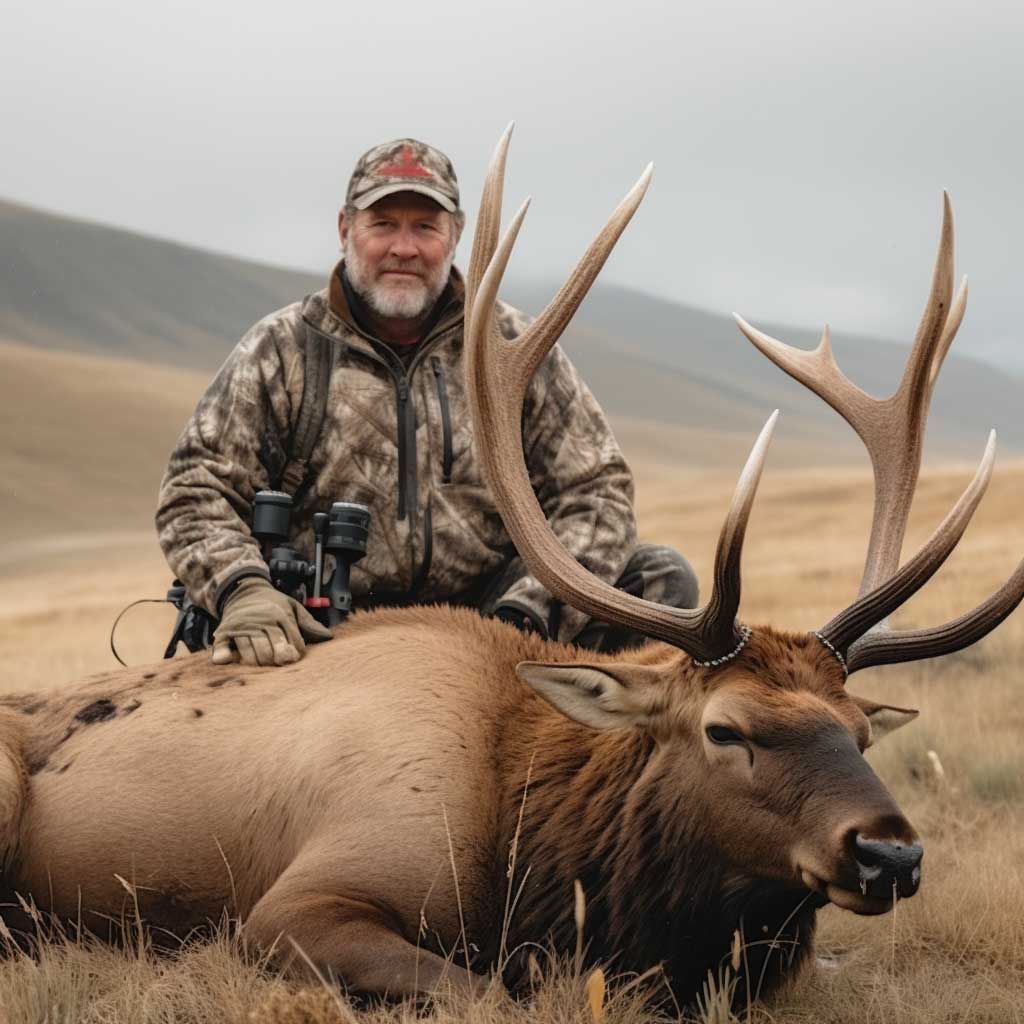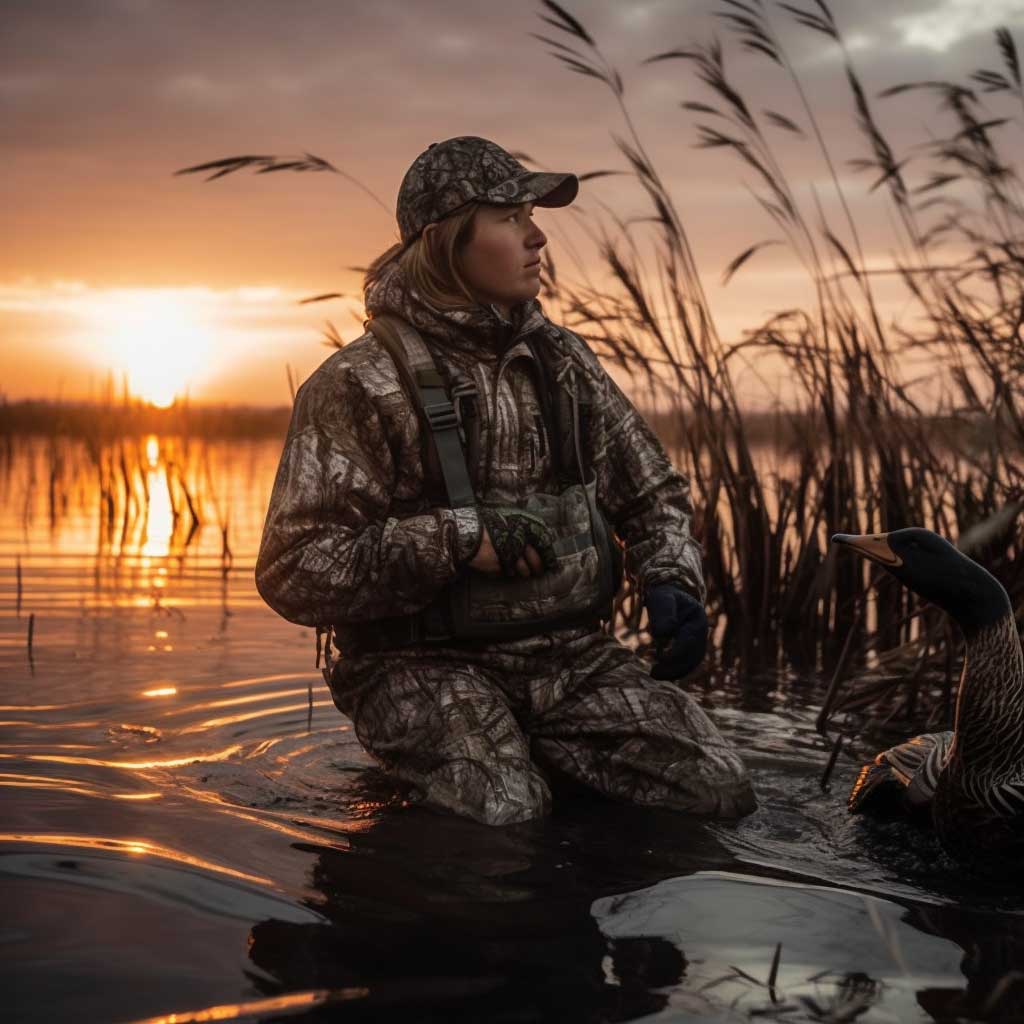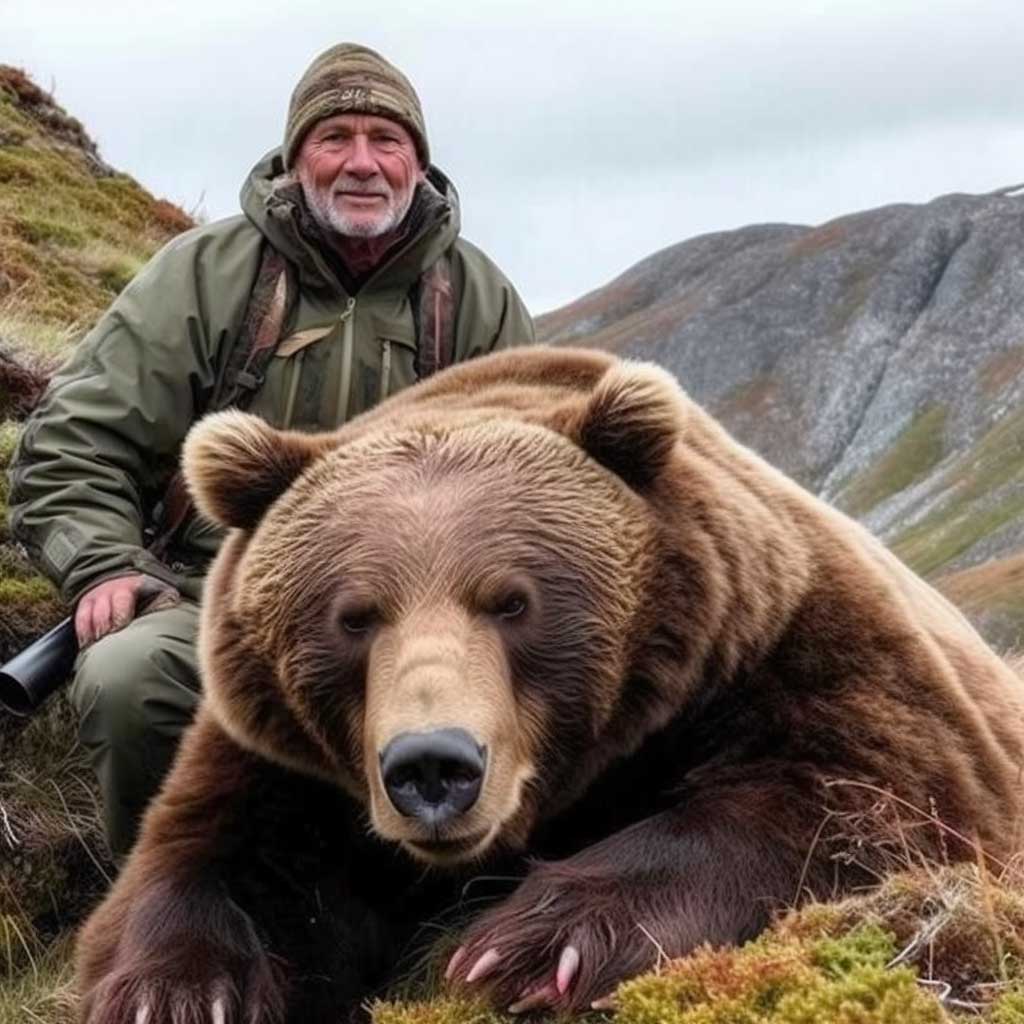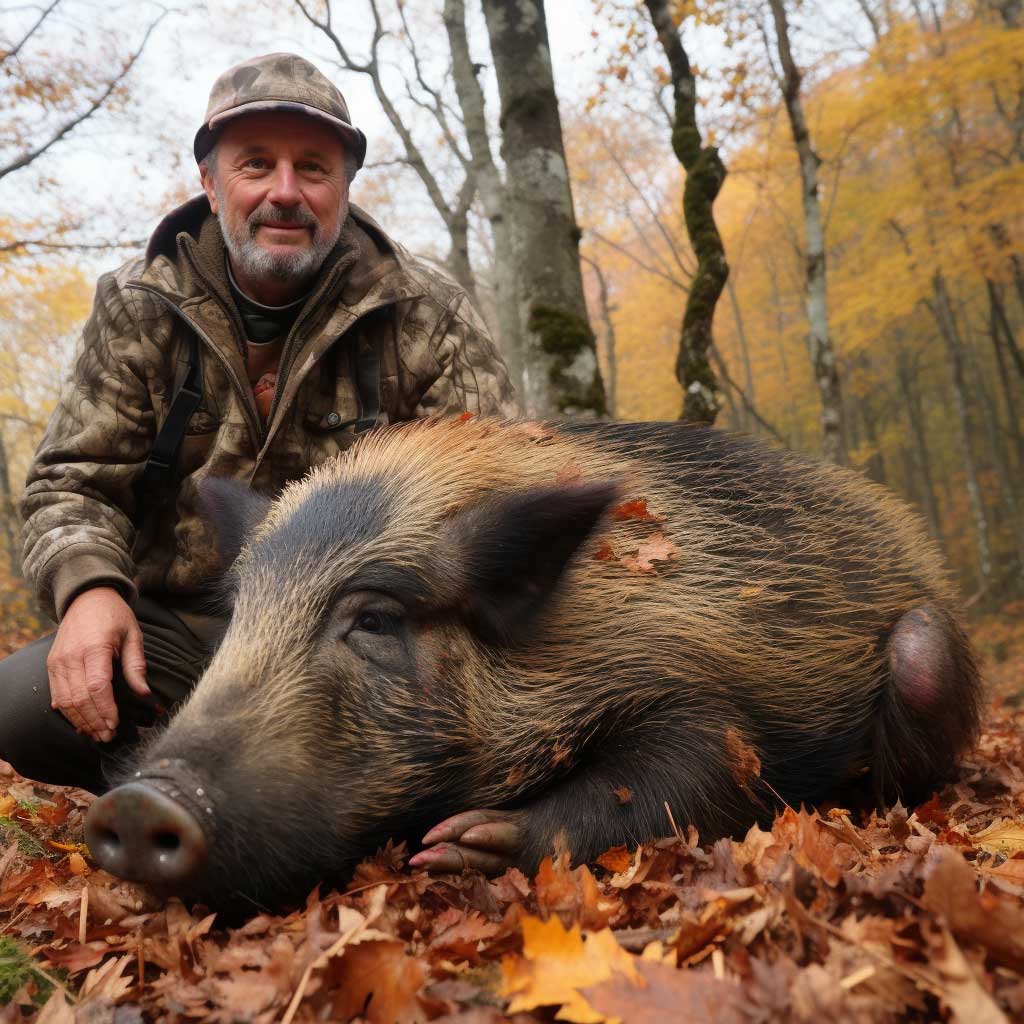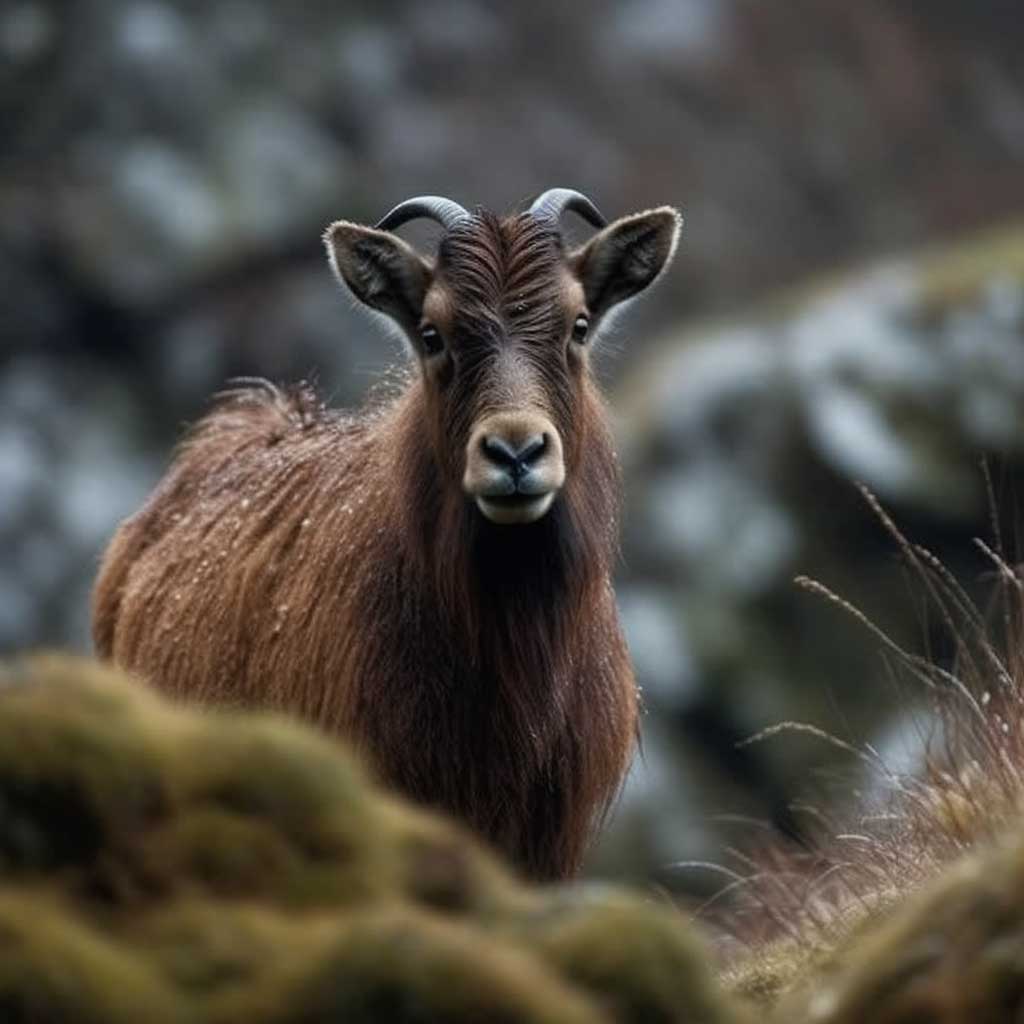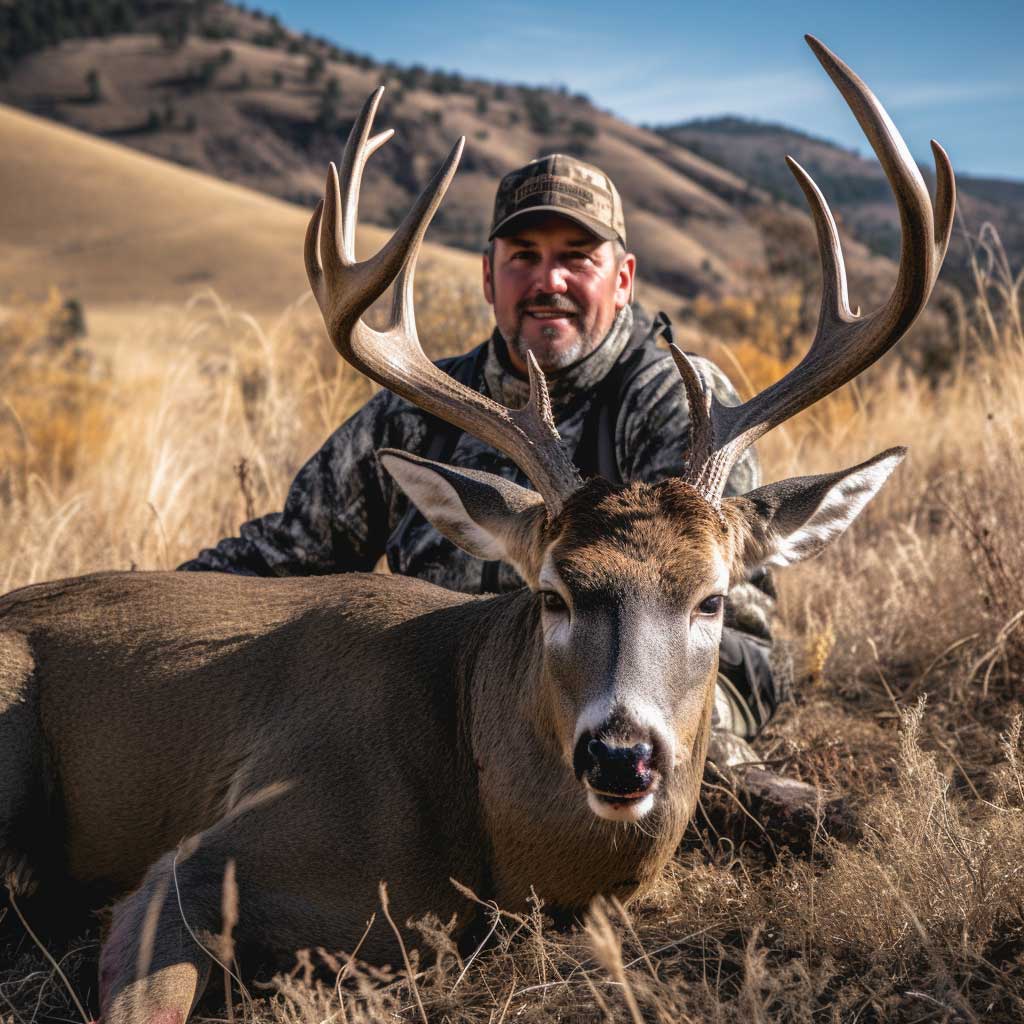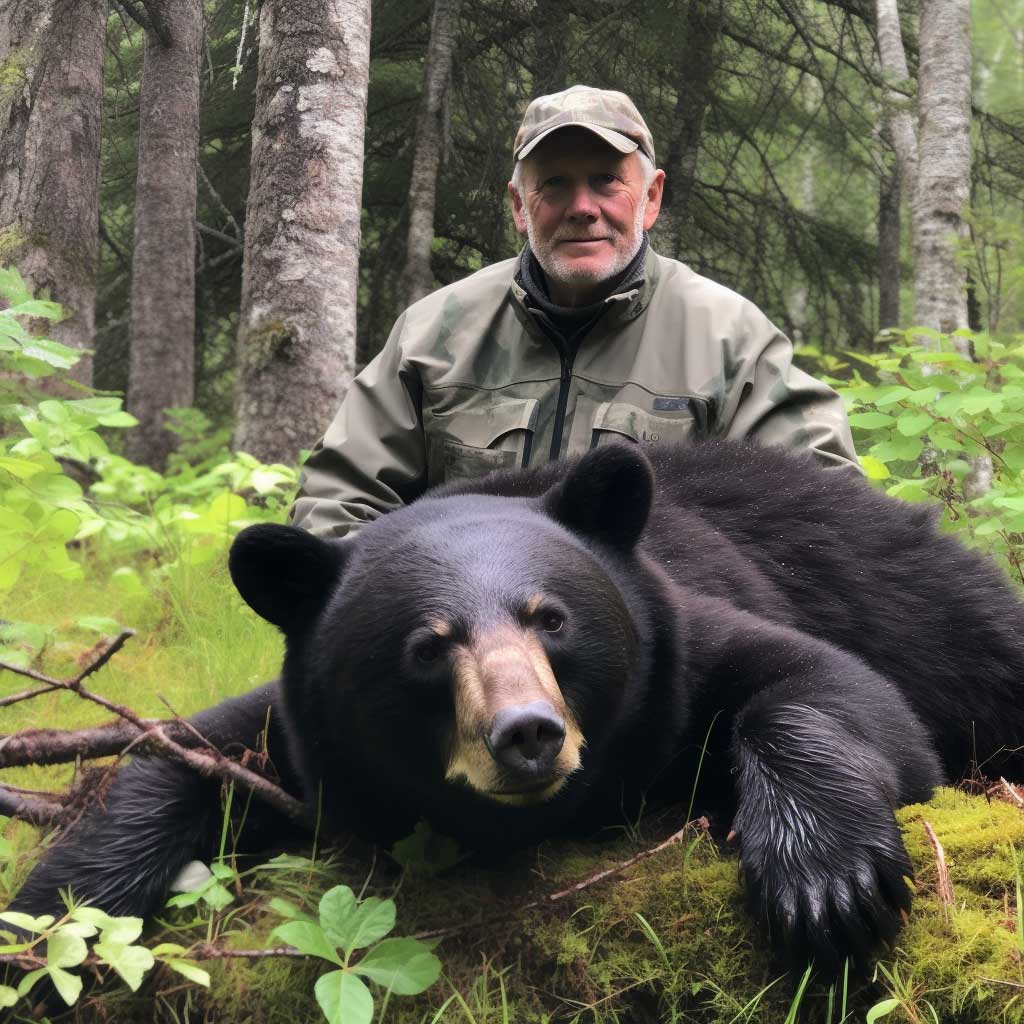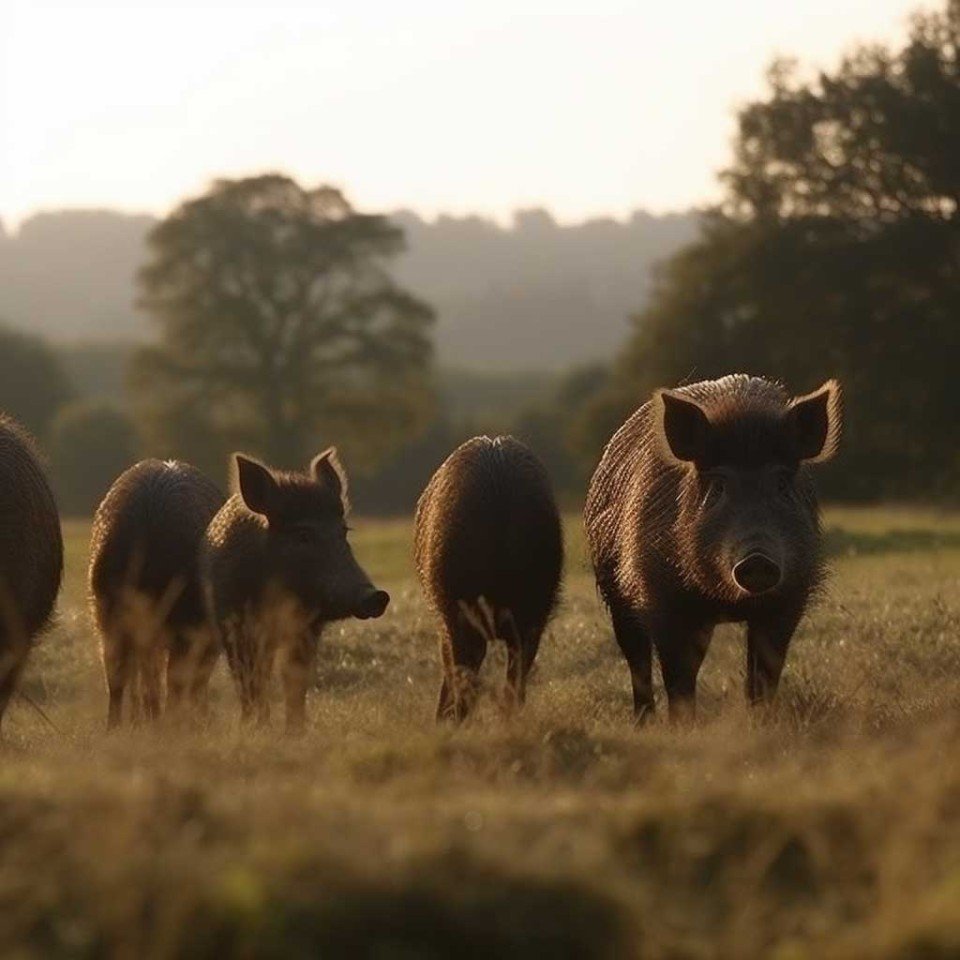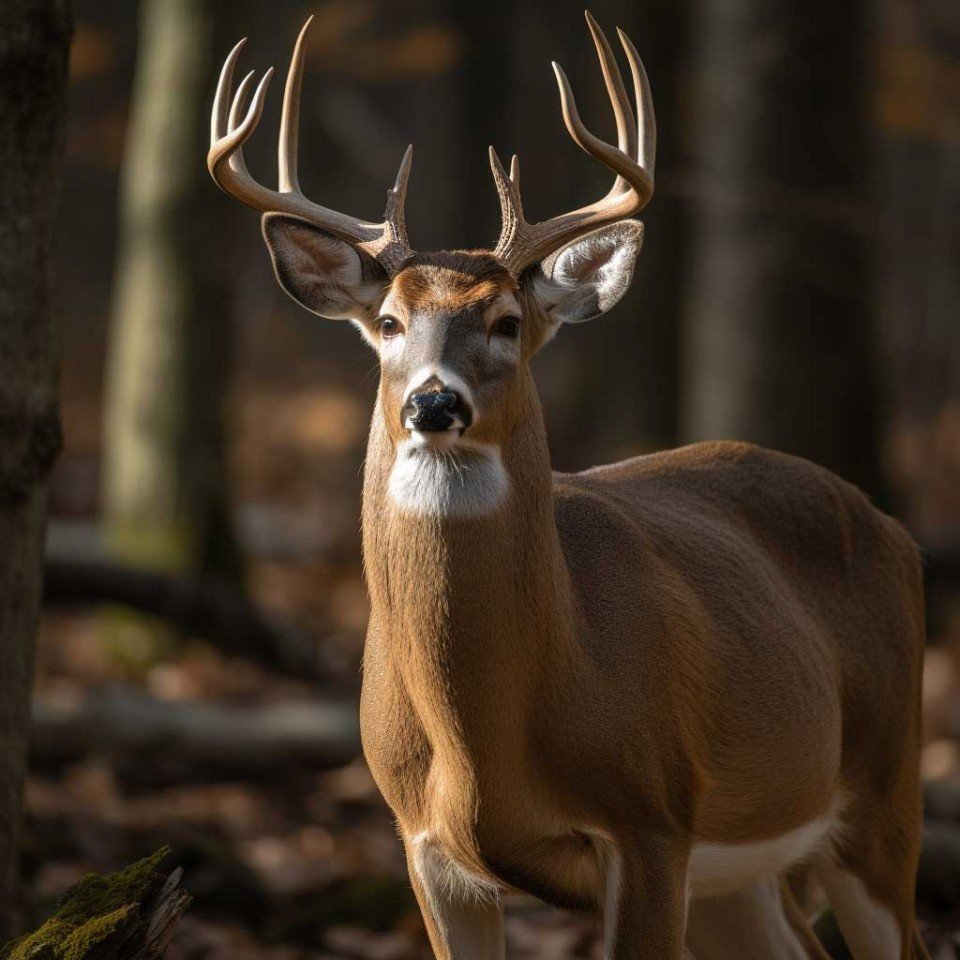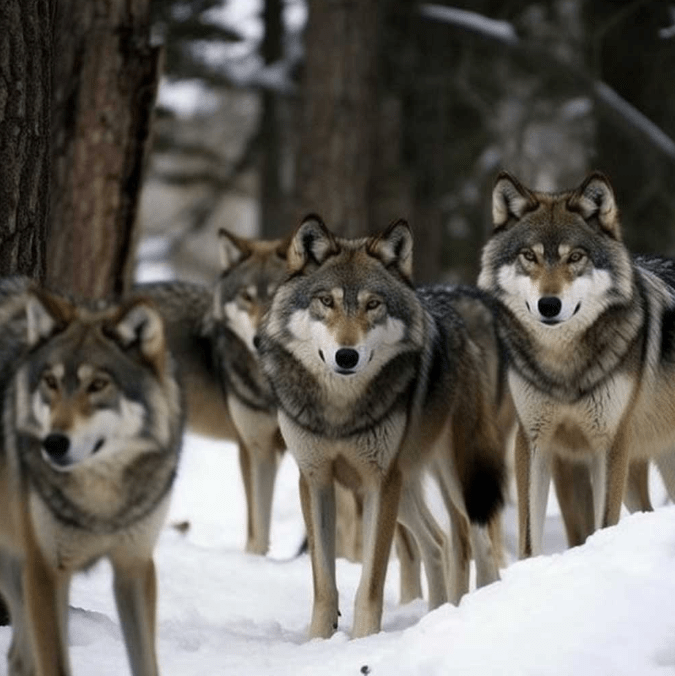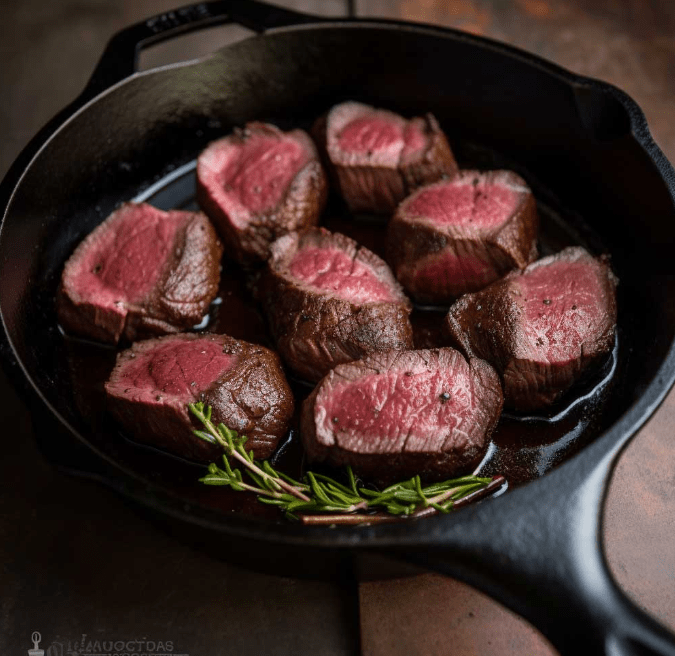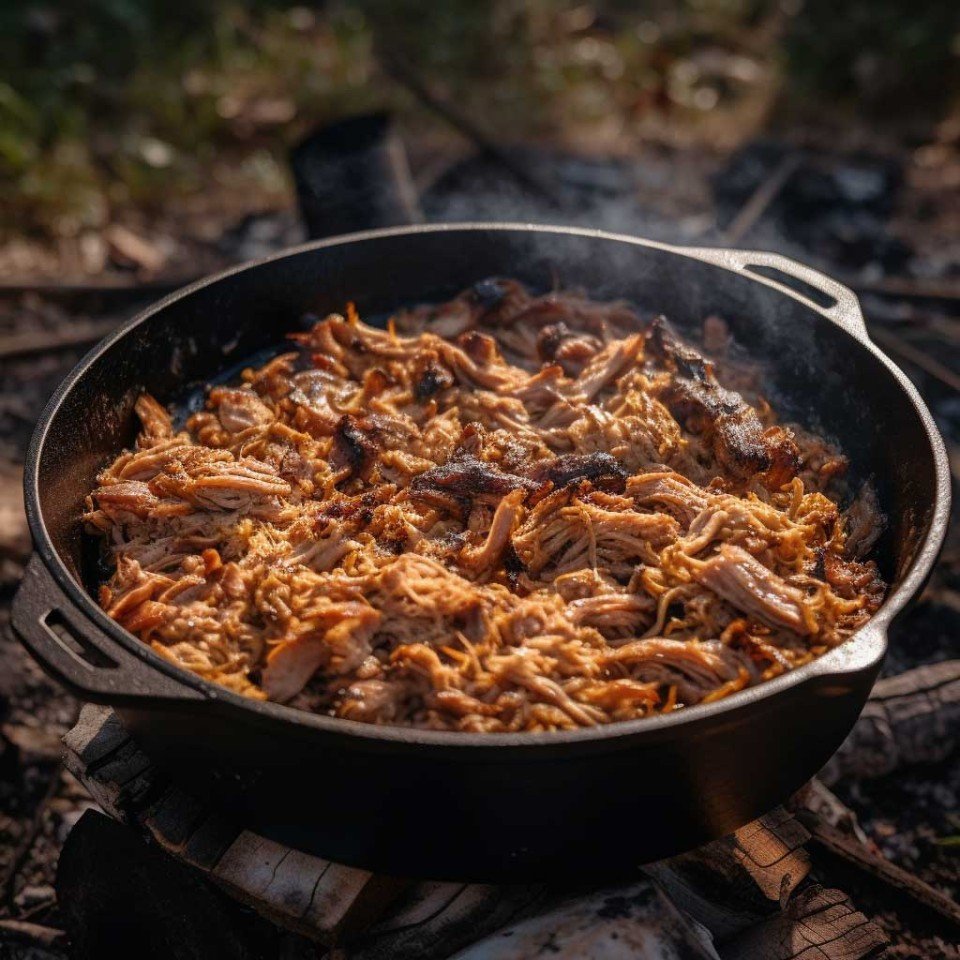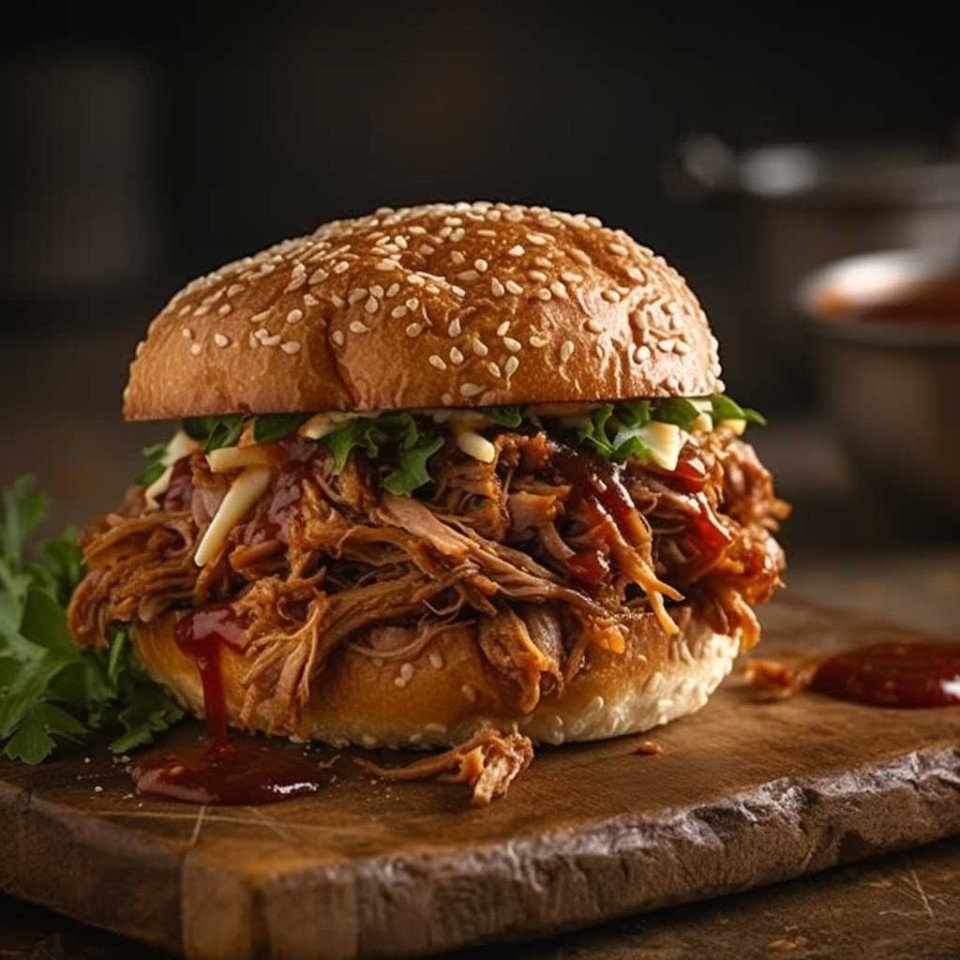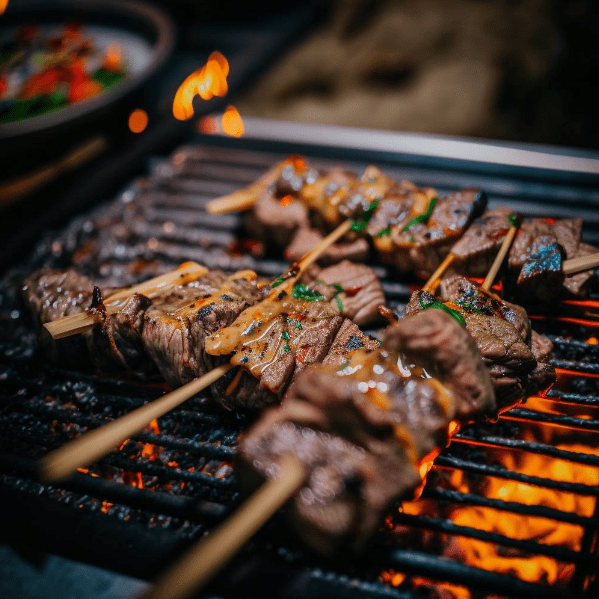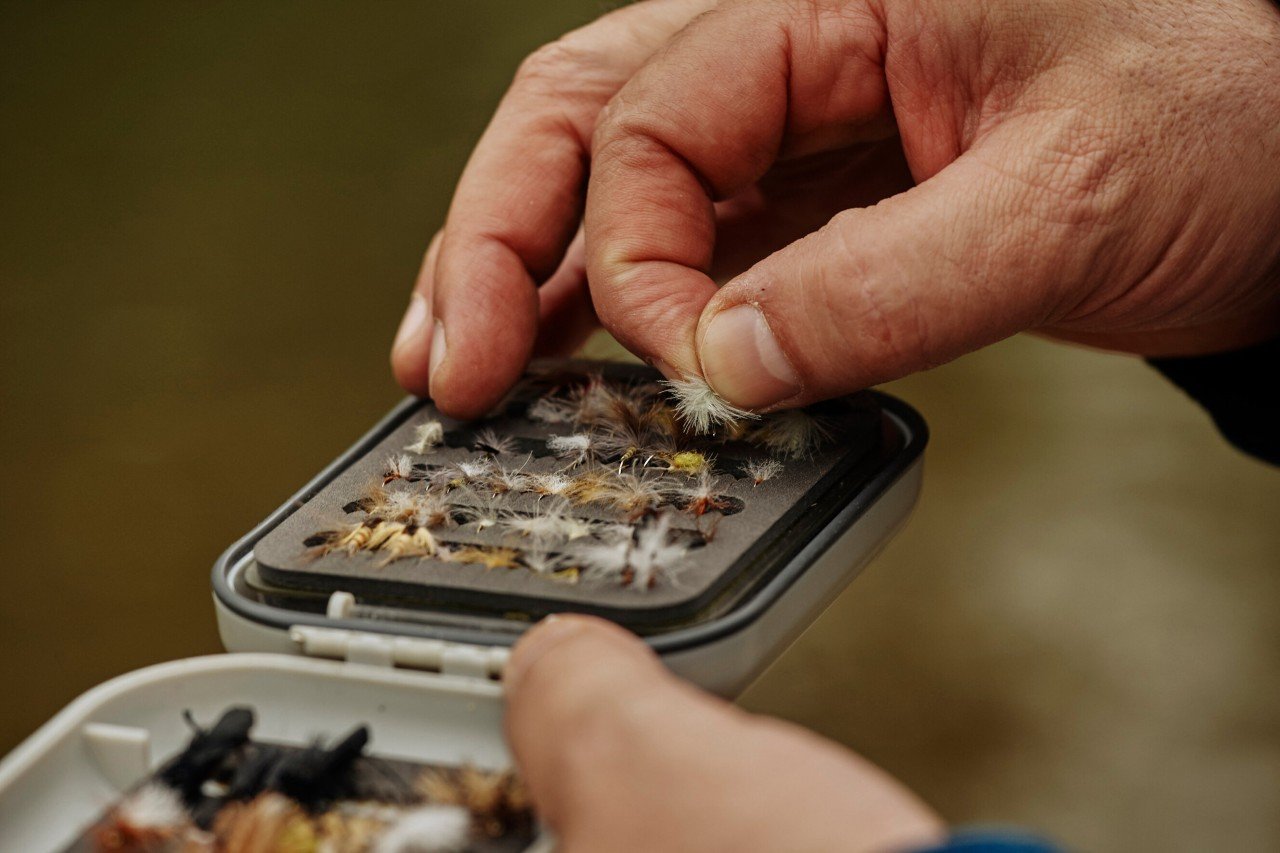The exemplary 661 Folding Pursuit Pro Small hunting knife is an exceptional option for hunters, thanks to the unrivaled combination of superior quality craftsmanship and matchless functionality that it offers. The blade of this hunting knife is constructed using S35VN steel, which is renowned for its exceptional durability and edge retention capabi...
Hunting and Fishing News & Blog Articles
Hunting can be a challenging and physically demanding activity, especially if you have to navigate through difficult terrain. However, with the advent of electric bikes, hunting has become easier, faster, and more efficient. In particular, Bakcou's fat tire electric bikes (e-bikes) have revolutionized the way hunters approach the sport. In this art...
Turkey hunting requires a significant amount of equipment, and a hunting vest with a built-in seat is an essential piece of gear for hunters. These vests provide a comfortable and convenient way to wait for prey. This post discusses some of the top brands of turkey hunting vests with built-in seats available on the market. The Alps Outdoorz G...
Field dressing a turkey is an essential skill that every hunter should have. It's the process of removing the internal organs of the bird to make it easier to transport and to prevent spoilage. If you're new to hunting or just need a refresher on how to field dress a turkey, this guide will help you get started. Gather Your Tools Before you begin, ...
Hunting is an age-old tradition that has been passed down for generations. It's a way to connect with nature, to challenge oneself, and to provide for oneself and one's family. For many hunters, owning their own hunting land is a dream come true. However, finding the perfect hunting land for sale can be a daunting task. In this article, we'll discu...
Hunting leases have become increasingly popular over the years as more and more people seek access to prime hunting land. A hunting lease is essentially a rental agreement between a landowner and a hunter, allowing the hunter to access and hunt on the landowner's property for a set period of time. Hunting leases can vary in size and duration, and t...
As a hunter, there are certain hunts that stand out in your memory more than others. Maybe it was the size of the animal you harvested, the difficulty of the hunt, or the location and scenery that made it unforgettable. In this article, we'll take a look at the 10 most memorable hunts of a hunter's life, including Yukon Moose, Mule Deer, Wild Turke...
Hawaii's wild pigs, known as pua'a, have become an iconic feature of the island. However, they are not native to the island and were brought over by two different groups of people. Pigs were originally introduced by ancient Polynesians, who relied on them as a source of protein. Captain Cook later brought over European breeds of pig to increase the...
Measuring and quantifying the size and quality of a deer's antlers, known as scoring, is a widely practiced activity among hunters and wildlife enthusiasts. Scoring whitetail deer antlers can offer valuable insights into the animal's age, health, and genetics. This article will delve into the process of scoring whitetail deer antlers, including the...
A new license for wolf hunting will be introduced in Saskatchewan starting from September 1st, which non-resident outfitter big game hunters can apply for. The announcement was made on the day the provincial budget was released, which had numerous provisions for different groups and allocated funds for them as well. The decision to introduce this n...
Here's a unique and flavorful recipe for a dish that is perfect for any dinner party – Savory Garlic Mushroom Elk with Mashed Potatoes. The recipe calls for tender and lean elk meat that is seasoned with salt and pepper, cooked until browned, and then baked with a delicious mixture of mushrooms and garlic until it reaches the desired level of donen...
Venison is a lean and tender meat that requires careful cooking to avoid overcooking. Overcooking venison can result in a tough and dry texture, which can ruin the flavor and quality of the meat. It is important to cook venison to the correct internal temperature, which can vary depending on the desired level of doneness. For example, medium-rare i...
Ingredients: 1 pound ground venison (70% venison / 30% pork) 1/2 cup breadcrumbs 1/4 cup milk 1 egg 1/2 teaspoon salt 1/4 teaspoon black pepper 1 tablespoon olive oil 2 onions, sliced 2 tablespoons butter 2 tablespoons all-purpose flour 2 cups beef broth 1 tablespoon Worcestershire sauce Salt and pepper to taste Fresh parsley for garnish Instructio...
Ingredients: 4 lbs. wild boar shoulder roast1 tablespoon salt1 tablespoon black pepper1 tablespoon paprika1 tablespoon garlic powder1 tablespoon onion powder1/2 cup apple cider vinegar1/2 cup water1/2 cup ketchup1/4 cup brown sugar2 tablespoons mustard1 tablespoon Worcestershire sauceBuns, for serving Instructions: Preheat your oven to 325°F.In a s...
Wild boar can be found in certain areas of the world, including parts of Europe, Asia, and North America. They are considered an invasive species in many areas and are often hunted to manage their population. If you're looking to purchase wild boar meat, you can check with your local butcher or specialty meat store. Some online retailers also offer...
INGREDIENTS 2 1⁄2lbs of fresh beef heart, thinly sliced and cut into squares of about 2 inches long (be sure to trim meat away from arteries)1 cup red wine vinegar4 tablespoons ground cumin1 teaspoon ground pepper1 teaspoon salt (or to taste)5 big fresh garlic cloves2 tablespoons of finely minced fresh parsley2 tablespoons of finely minced fresh ci...
Ingredients: 1 pound venison steak, thinly sliced1 large onion, thinly sliced1 green bell pepper, thinly sliced4-6 slices of provolone cheese4-6 hoagie rolls2 tablespoons olive oilSalt and pepper to taste Instructions: Heat 1 tablespoon of olive oil in a large skillet over medium-high heat.Add the thinly sliced venison steak to the skillet, and sea...
Tying a fly for fly fishing is a skill that takes practice and patience to develop. Here are the basic steps to tying a fly: Gather materials: You'll need a hook, fly tying thread, and any additional materials such as feathers, fur, or synthetic materials to create the desired shape and texture of your fly.Secure the hook: Place the hook in the vis...
I’m from Canada, and was wondering what the process is like to start hunting!!!! I think I would enjoy any type of hunting but would like to hunt deer first. Any advice or tips would be appreciated! Message me individually or just comment on this post!
I don’t hunt or fish ? but some of my friends and family members do. I’m here for the pictures and just interested in seeing what this lifestyle is like. I love the outdoors with it’s beautiful scenery and fresh air. Hoping to get out more after I retire from my job of 32 years.

